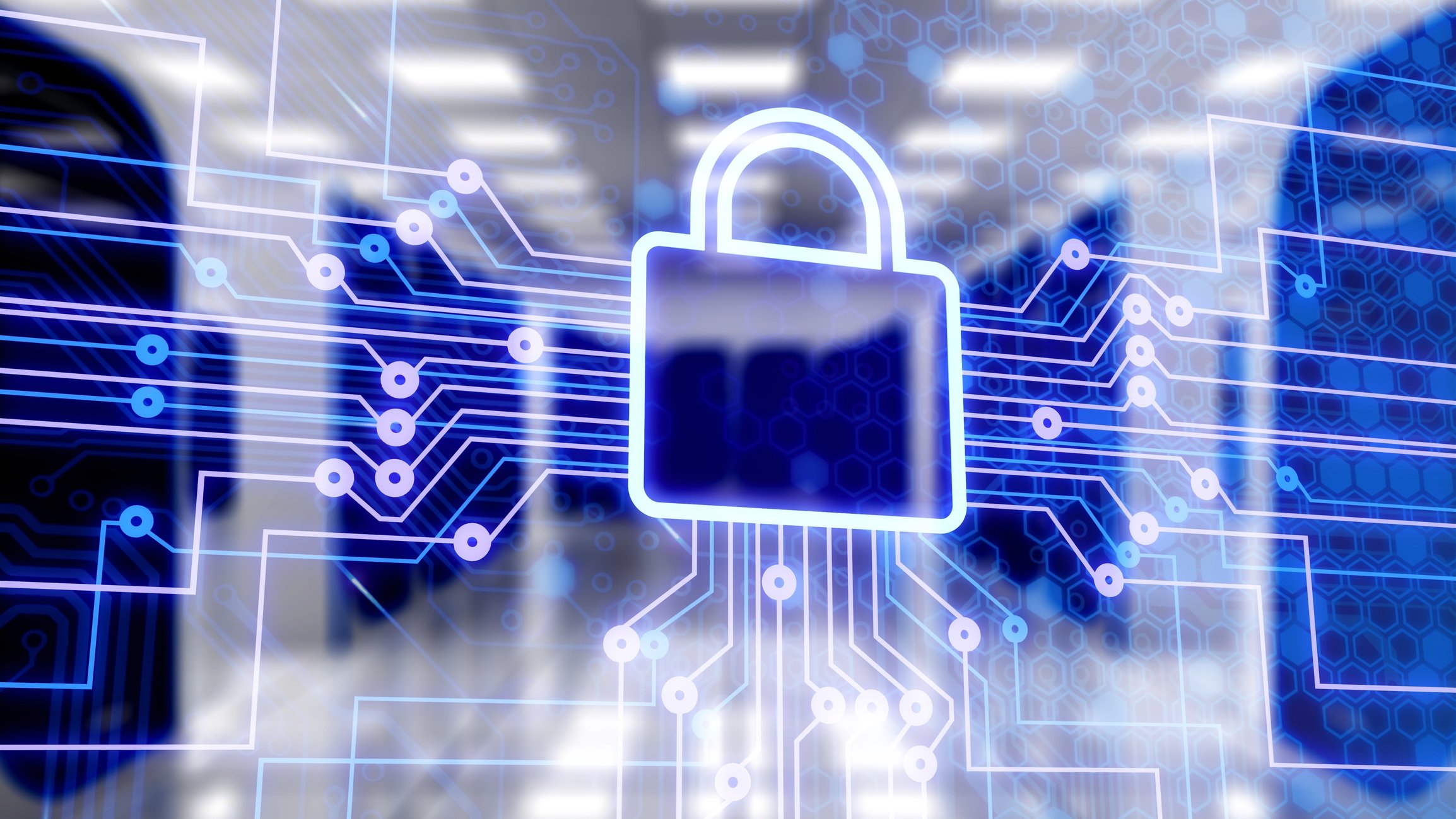
Ransomware has quickly become one of the most troublesome issues that businesses deal with nowadays. In the US alone, ransomware attacks cost organizations more than $7.5 billion in 2019, and there are no signs of them slowing down in 2020. Multiple city governments, hospitals, and businesses have all been victims of ransomware attacks.
The threat landscape has grown so large that attackers can now buy and sell ransomware as a service. Couple this with the fact that new strains and variants of this type of malware are added on a frequent basis, and it becomes evident that ransomware is a threat you have to take seriously. And you must do so immediately.
How Does Ransomware Work?
Ransomware works by leveraging one of the most important tools in computer security: file encryption.
Using attack vectors such as phishing emails, software vulnerabilities, or remote desktop protocol compromise, the threat actor is able to deliver the ransomware file to their victims. Once a victim is tricked into installing the ransomware file on their computer, the malware goes to work by first searching for files on the infected computer and then starting to encrypt them. These files may be documents, spreadsheets, images, videos, or anything else that seems important.
When the ransomware has encrypted enough files, the victim is notified that their computer is infected. The victim almost immediately notices that they no longer have access to their files because they have been locked out by the ransomware.
Along with this warning come instructions for payment, usually ranging from hundreds to thousands of dollars, payable in Bitcoin. The promise is that once payment is made, the key to decrypt the files will be delivered. However, some victims have found that this isn’t the case. They may not be able to decrypt their files at all, or they may find that they are only able to recover a portion of their files.
How to Protect Against Ransomware
The unfortunate truth behind ransomware attacks is that once you are infected, there is no way to decrypt the locked files without the key. Because the files are encrypted by the ransomware, even if you are able to remove the malicious file, it won’t help you access any other affected files. This means that if you are infected, you either have to pay the ransom—which no one ever advises you do—or hope that the key is published at some time.
That is, unless your IT team did things the right way.
Backup and Recovery to the Rescue
The only way you will be able to successfully restore your files without paying the ransom is if you have a properly configured backup and recovery solution in place. If your IT team performs regular backups and regularly tests them to ensure that the restoration process works, then you have options. You can clean the infected computers on your network and restore the files from your backup storage.
Unfortunately, too many businesses find out either that they are not performing regular backups of their data or that their solution is not configured properly.
Monitoring for Malware
Another layer of protection from ransomware and other types of malware is monitoring your systems. Anti-malware solutions scan files for known malware and behavior patterns in different types of malware such as ransomware. When set up properly, these can help eliminate some digital threats.
Other security solutions also scan your computers and network resources for specific file types and behaviors that resemble ransomware. Email security solutions and other detection solutions may pick up on a ransomware attack before any computers are infected. Again, any technical solutions you put in place to thwart ransomware attacks will only work if they are configured, updated, and managed properly.
Teach People What to Do
One of the best methods of identifying potential attacks is to effectively train your staffers not only how to spot a threat, but also what to do when they find something suspicious. Though they may not stop all attacks, having someone report a possible threat early will certainly help control the damage.
Keep Systems up to Date
Like most cyberattacks, ransomware looks for vulnerabilities on your system and its software. Keeping your systems and the software that runs on them up to date can help prevent a number of attacks, including a ransomware infection. If system and software vulnerabilities have been patched by installing the latest updates, then the malware is denied these exploits and can’t install itself on the targeted systems.
However, new variants of ransomware are being created all the time. Just because you are protected against one strain doesn’t mean you are safe from them all.
Working with an MSP Can Help Manage Ransomware Threats
Threat actors and cybercriminals continue to launch successful ransomware attacks against organizations in all industries because they know that so many systems are vulnerable. Unfortunately, organizations don’t always have the staff, the knowledge, or the experience to properly configure the multitude of devices that they are required to manage.
To manage the threat ransomware presents, many organizations turn to a trusted managed service provider. These partners provide organizations with a team of experts who have firsthand experience in dealing with ransomware and other threats. Using their knowledge and experience, you will be able to take the steps necessary to safeguard your organization’s data and resources against known threats, while proactively defending against other threats that loom on the horizon.




Comments